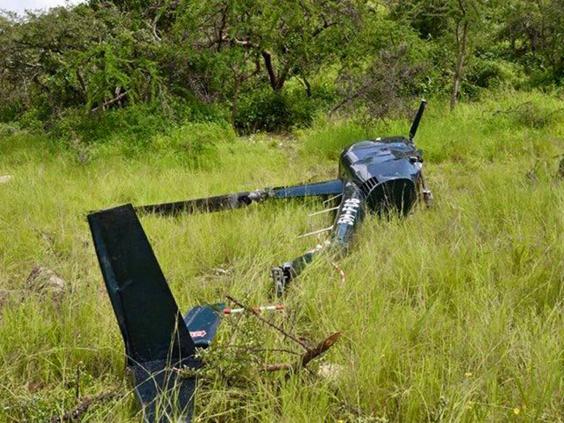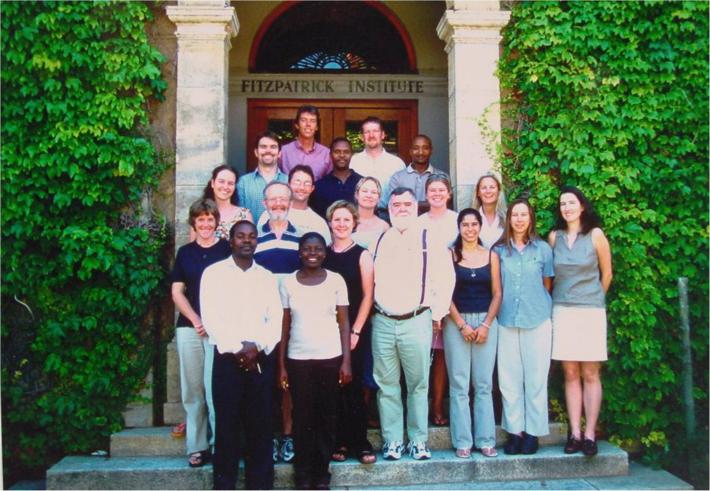Malawi Torches Tonnes of Contraband Ivory
By Charles Mkoka
MZUZU, Malawi, March 15, 2016 (ENS) - Malawian authorities burned 2.6 tonnes of ivory to ashes at a ceremony Monday at Mzuzu Nature Sanctuary in the northern region. This high profile event was witnessed by police, wildlife officials, Malawi Defense Forces, National Audit officials, members of the judiciary, conservationists, local and international observers and the media.
The 781 raw ivory pieces were seized in 2013 from two local ivory traffickers, brothers Patrick and Chancy Kaunda. The ivory was intercepted by Malawi Revenue Authority's Fast Anti-Smuggling Team near Phwezi in a truck carrying bags of cement from Tanzania. The ivory was concealed under the legal cargo.
Mzuzu High Court Judge Dingiswayo Madise convicted the Kaunda brothers on July 28, 2015 after they were found guilty of two crimes - money laundering, and illegal possession of specimens of endangered species contrary to the National Parks and Wildlife Act.
They were fined Malawi Kwacha 2.5 million (US$5,000), or in default to serve a seven year prison sentence. The judge ordered the destruction of the contraband ivory by burning.
Traced to Tanzania and Mozambique, the ivory was in transit to Lilongwe, Malawi's capital city, when it was seized. The court then set September 18, 2015 as the date for destroying the ivory.
Only a pile of ashes remains after the burning of 2.6 tonnes of seized ivory in Malawi, March 14, 2016 (Photo by George Zwide)
But Tanzania's Principal State Attorney Faraja Nchimbi applied to halt the burning so that the government of Tanzania could use the seized ivory in prosecuting a crime thought to be linked to an ivory seizure in Dar es Salaam.
In his March 2 order Judge Madise said, "Being a good neighbor, I granted the order of a stay of 90 days and stopped the burning of the ivory at the 11th hour. As of today, I have not been approached to extend the period any further. I now order the Government of Malawi through the Director of National Parks and Wildlife to destroy the 781 pieces of ivory through fire at a public place within Malawi in full view of the public on 14th March, 2016.”
Brighton Kumchedwa, director of Parks and Wildlife, said there is no legal market for the seized ivory anywhere globally. He said the UN Convention on International Trade in Endangered Species (CITES), a treaty to which Malawi is a signatory, put a moratorium on ivory trade in 1990 in a bid to save African elephants from extinction.
Since the moratorium, 14 countries have burned or crushed over 130 tons of contraband ivory. In the past three years alone, 11 countries have destroyed 80 tonnes, according to the global conservation group WWF.
The destruction ensures that stockpiles of seized ivory will never again be sold and demonstrates that a country will not tolerate wildlife crime.
Kumchedwa said that maintaining the security of the seized ivory has been a drain on the public purse as the government has had to deploy officers and police to ensure its safety.
"Now that we have torched the consignment, what it means is that we can go to sleep in peace without considering what will happen to the stockpile. More importantly it sends a strong message that we are committed to fight the vice,” Kumchedwa said after the burn.
According to the Illegal Wildlife Trade Review in Malawi, a 2015 comprehensive report, wildlife crime is serious, and the political awareness of wildlife crime has reached unprecedented levels.There is widespread high level political will to combat the illegal wildlife trade across national boundaries. The establishment of international law enforcement agencies and the development of collaborative international strategies, action plans and enforcement measures to block illegal wildlife trade reflect this growing will.
In 2013 the German government, through the Federal Ministry for Economic Cooperation and Development, committed to make available €500 million annually to conserve forests and other ecosystems worldwide.
This biodiversity commitment included the commissioning of the Deutsche Gesellschaft für Internationale Zusammenarbeit to manage a dedicated fund for cross-cutting political cooperation. Known as the Polifund, it is tasked with implementing concrete measures to combat poaching and illegal wildlife trading in ivory and rhino horn in Africa and Asia on a cross-sectoral, cross-border and transcontinental level.
In February 2014, the London Conference on Illegal Wildlife Trade recognized that "The illegal wildlife trade robs states and communities of their natural capital and cultural heritage. It undermines the livelihoods of natural resource dependent communities. It damages the health of the ecosystems they depend on, undermining sustainable economic development.”
In February 2015 the European Union announced the near-term publication of an EU Strategic Approach to Wildlife Conservation in Africa and an EU Action Plan for Wildlife Trafficking.
All of these strategies and action plans aim to strengthen the implementation of international agreements and arrangements that protect wildlife, including, among others, CITES, the UN Commission on Crime Prevention and Criminal Justice, the UN Convention against Transnational Organized Crime and the UN Convention against Corruption.
Malawi's elephant population is listed on Appendix I of CITES, a classification which prohibits all international trade. Therefore, it would be illegal to sell Malawi's ivory on international markets. To do so would break international law and the repercussions for any country doing so would be catastrophic.
African elephant populations are on Appendix I except elephants in South Africa, Botswana, Namibia and Zimbabwe, which are listed on Appendix II, which includes species not threatened with extinction, but in which trade must be controlled to avoid utilization that threatens their survival.
Yet the killing continues. The African elephant, Loxodonta africana, occurs in 37 countries in sub-Saharan Africa numbering an estimated 420,000 to 650,000 animals across the continent, with Southern Africa possessing the majority of the population, according to the wildlife monitoring network TRAFFIC.
An estimated 30,000 elephants were illegally killed per year in Africa in the early 2010s. In Tanzania elephant numbers dropped from an estimated 109,050 in 2009 to 43,330 in 2014 due to poaching for ivory. The raw ivory is usually smuggled to Asia where it is carved into ornamental objects.
Copyright Environment News Service (ENS) 2016. All rights reserved.

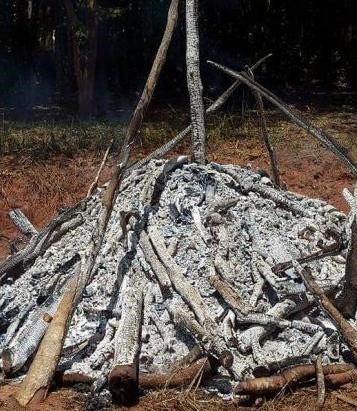
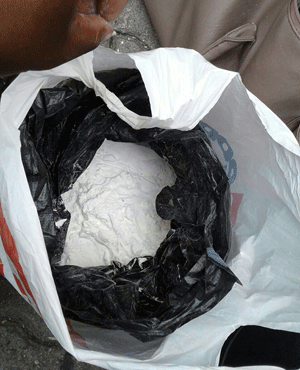
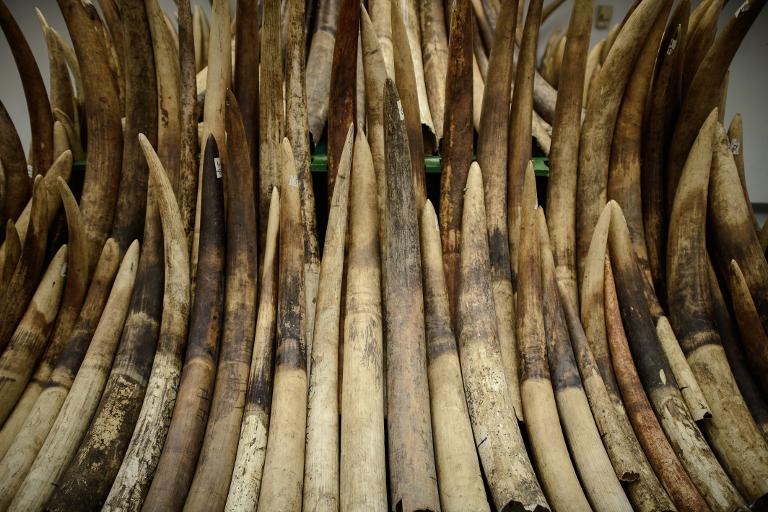 Pretoria - Elephant tusks believed to be worth more than R17 million were
seized at a business premises in Derdepoort, north of Pretoria, on Wednesday
afternoon.
Pretoria - Elephant tusks believed to be worth more than R17 million were
seized at a business premises in Derdepoort, north of Pretoria, on Wednesday
afternoon.
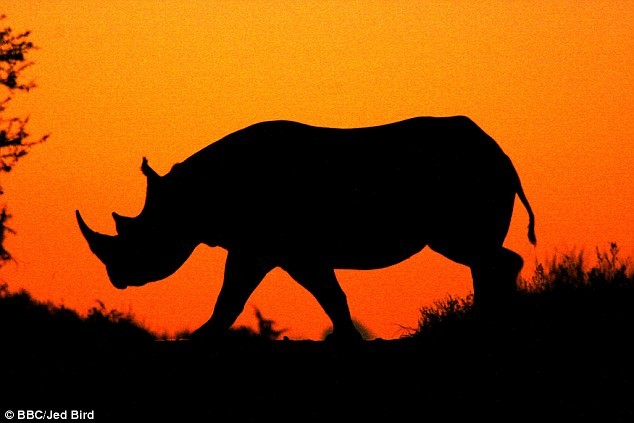
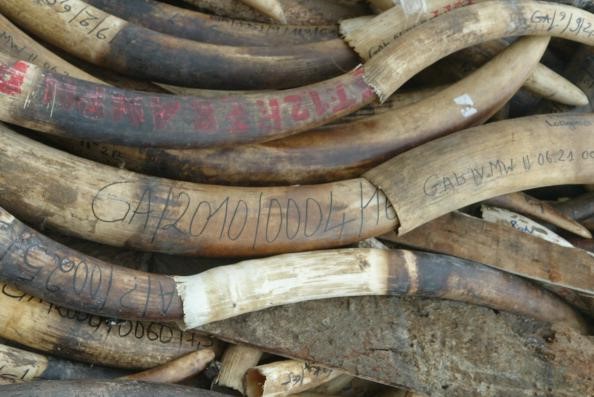
 AT a time
when Zimbabwe is desperately in need of a huge cash injection to escape current
illiquid conditions, authorities have been left dumbfounded by the scale of
illicit financial flows (IFFs).
AT a time
when Zimbabwe is desperately in need of a huge cash injection to escape current
illiquid conditions, authorities have been left dumbfounded by the scale of
illicit financial flows (IFFs). Roger Gower, the pilot who was shot down, moved to Africa in 2006 and was keen to help to secure the survival of Tanzania's elephants
Roger Gower, the pilot who was shot down, moved to Africa in 2006 and was keen to help to secure the survival of Tanzania's elephants